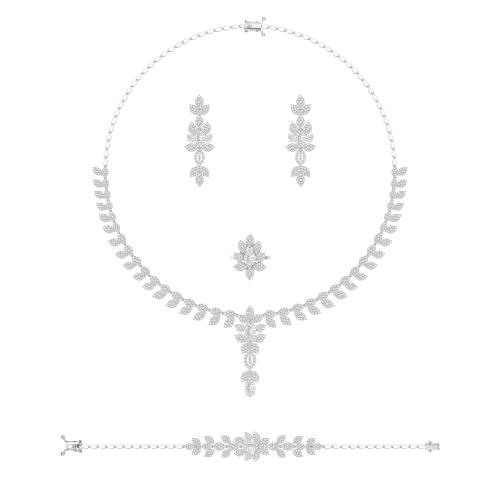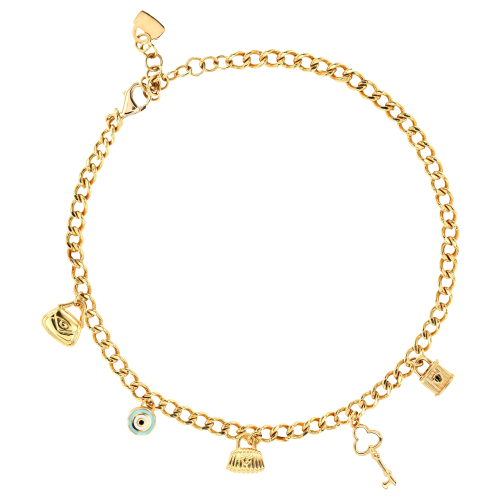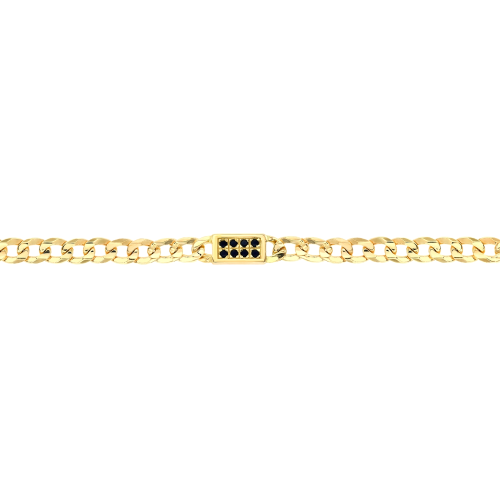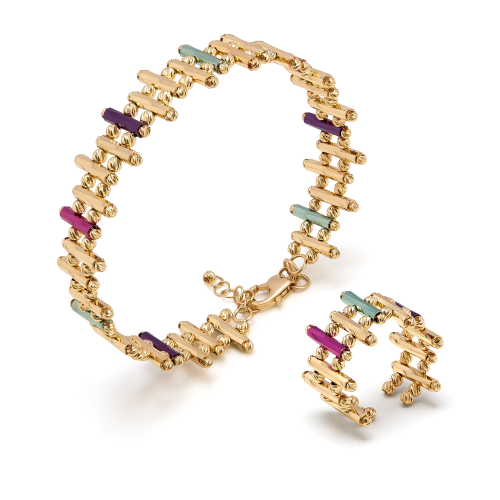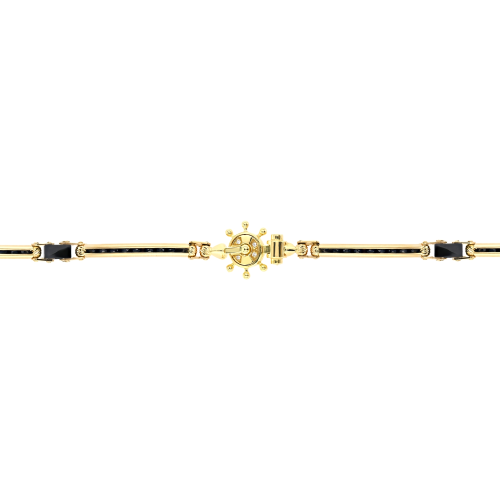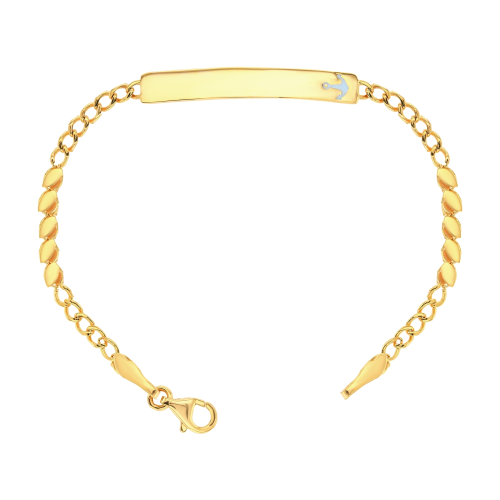A Guide to Choose the Perfect Diamond and Understand the 4Cs

When it comes to selecting a diamond, whether for an engagement ring or another piece of fine jewelry, the process can feel overwhelming. With varying qualities, cuts, and price points, how do you ensure you're making the right choice? This comprehensive guide will walk you through everything you need to know to select the perfect diamond that matches both your preferences and budget.
Understanding the 4Cs: The Foundation of Diamond Quality
The 4Cs – Cut, Color, Clarity, and Carat – form the universal standard for evaluating diamonds. Understanding these characteristics is crucial for making an informed decision.
Cut: The Most Important Factor
Despite the common belief that size matters most, a diamond's cut is the most crucial factor in determining its beauty. The cut determines how well a diamond interacts with light, affecting its brilliance, sparkle, and overall visual appeal. A well-cut diamond will reflect light internally and disperse it through the top of the stone, creating that coveted sparkle.
Cut grades typically range from Excellent to Poor. While an Excellent cut commands a premium price, it's often worth the investment as it maximizes the diamond's natural beauty. Even a diamond with perfect color and clarity can appear dull if poorly cut.
Color: Less is More
Diamonds are graded on a color scale from D (completely colorless) to Z (light yellow or brown). Counterintuitively, the less color a diamond has, the more valuable it becomes. D, E, and F diamonds are considered colorless and command the highest prices. However, diamonds in the G-J range often appear colorless to the naked eye and offer excellent value.
The setting of your jewelry can also impact how the diamond's color appears. Yellow gold settings can make slightly yellow diamonds appear whiter, while white gold or platinum settings work best with higher color grades.
Clarity: Nature's Fingerprint
Nearly all diamonds contain natural inclusions and blemishes. Clarity grades range from Flawless (no inclusions visible under 10x magnification) to Included (inclusions visible to the naked eye). The key is finding a diamond that appears clean to the naked eye while not overpaying for technically superior clarity that's only visible under magnification.
Many diamonds graded VS2 or SI1 appear clean to the naked eye and offer significant savings compared to higher clarity grades. The location of inclusions matters as much as their size – inclusions near the center of the diamond are more noticeable than those near the edges.
Carat: Size Matters, But Not Always
Carat refers to a diamond's weight, not its size. While larger diamonds are generally more expensive, two diamonds of the same carat weight can appear different in size depending on their cut and shape. Additionally, the price of diamonds increases exponentially with carat weight, particularly at popular weight thresholds (such as 1.00, 1.50, and 2.00 carats).
Consider choosing a diamond just below these popular carat weights – the visual difference between a 0.95 and 1.00-carat diamond is negligible, but the price difference can be substantial.
Beyond the 4Cs: Other Important Considerations
Diamond Shape
While round brilliant diamonds are the most popular and offer maximum sparkle, other shapes (known as fancy cuts) can provide unique appeal and often better value. Oval and elongated cushion cuts can appear larger than round diamonds of the same carat weight. Emerald and Asscher cuts offer elegant sophistication, while pear and marquise shapes can make fingers appear longer and slenderer.
Fluorescence
Some diamonds exhibit fluorescence under UV light. While strong fluorescence can affect a diamond's appearance in natural light, mild fluorescence often goes unnoticed and can actually make slightly yellow diamonds appear whiter. Diamonds with fluorescence often sell at a discount, potentially offering excellent value for budget-conscious buyers.
Certification
Always purchase a diamond with certification from a reputable laboratory, preferably the GIA (Gemological Institute of America) or AGS (American Gem Society). These certificates provide unbiased documentation of a diamond's characteristics and ensure you're getting what you pay for.
Making the Final Decision
Set Your Priorities
Determine which characteristics matter most to you. If maximum sparkle is your priority, focus on cut quality. If size is important, you might compromise slightly on color or clarity to achieve your desired carat weight while staying within budget.
Consider the Setting
The setting can enhance or detract from your diamond's appearance. A halo setting can make a center stone appear larger, while a minimalist solitaire setting draws attention to the diamond itself. The metal choice can affect how white your diamond appears.
Work with Your Budget
Remember that there's no "perfect" formula for choosing a diamond. The key is finding the right balance of characteristics that creates the look you want within your budget. Consider these strategies:
- Prioritize cut quality over other characteristics
- Choose slightly below standard carat weights
- Consider fancy shapes instead of round brilliants
- Look for "eye-clean" diamonds rather than technically flawless ones
- Consider fluorescent diamonds if the fluorescence is mild
Final Thoughts
Choosing a diamond is a personal journey that balances technical quality with emotional appeal. While the 4Cs provide an excellent framework for evaluation, don't forget to trust your eyes and instincts. Take time to view diamonds in person whenever possible, and work with reputable jewelers who can guide you through the selection process.
Remember that a diamond's true value lies not just in its technical specifications, but in what it represents to you. By understanding these key factors and considerations, you can make an informed decision that results in a diamond you'll treasure for years to come.
